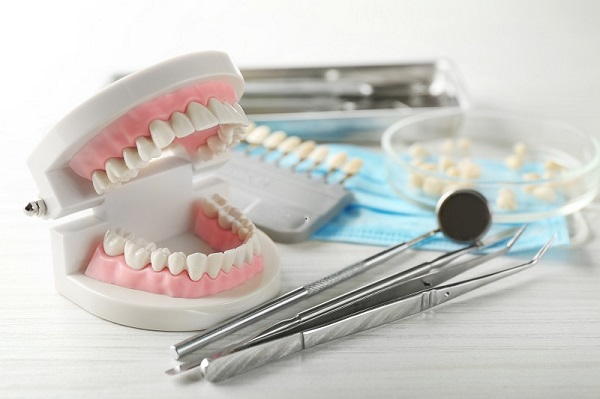If you want healthy teeth, it’s recommended that you have regular dental check ups twice a year. However, it’s also recommended that you visit your dentist more often than the routine cleaning. If you have crooked or missing teeth, you might think all hope is lost, but that can’t be farther than the truth. Restorative dentistry is something a lot of people don’t even consider, because they think it’s too expensive. But chances are it’s completely affordable for you, and it might help you go a long way when making a first impression, whether it’s in your personal or professional life.
Restorative dentistry involves diagnosis, treatment and prevention of oral diseases. You can get a restorative dental treatment plan to restore teeth that are cracked, discolored, decayed, chipped or missing. Some of the most common restorative dental treatment procedures include fillings, implants, crowns and bridges.

Fillings are typically used to restore the toot’s surface, and are by far the most common restorative dental procedure. This involves using materials such as dental amalgam, porcelain, or composite resins, and filling the gaps that you might have in your teeth. Veneers are another popular method, and they’re basically a layer of porcelain or composite whose purpose is to improve the looks of teeth that are uneven, cracked or chipped.
Crowns are a type of restoration treatment which covers the entire portion of a damaged, cracked or chipped tooth. Crowns are typically made of porcelain or another ceramic material. Dental bridges on the other hand, literally bridge the gap created by one or more missing teeth. They are made of two or more crowns for the teeth on both sides of the gap. These two or more anchoring teeth are called abutment teeth and have a false tooth in between.
There are numerous other restoration methods for various different and more specific conditions, such as removable partials. These are prosthetic pieces that contain artificial teeth which are attached to the natural teeth with retainers and supported by a framework. Removable partials, as their name implies, can be removed and put in the mouth as needed, and aren’t worn while sleeping.
Furthermore, inlays and onlays are cemented restorations which are designed to restore the surfaces of teeth. Inlay restorations include up to three surfaces of the tooth, while onlay restorations restore the side and the chewing surfaces of the teeth that are located in the back of the mouth. Lastly, bonding is a treatment that can help lengthen and reshape the front teeth.
























